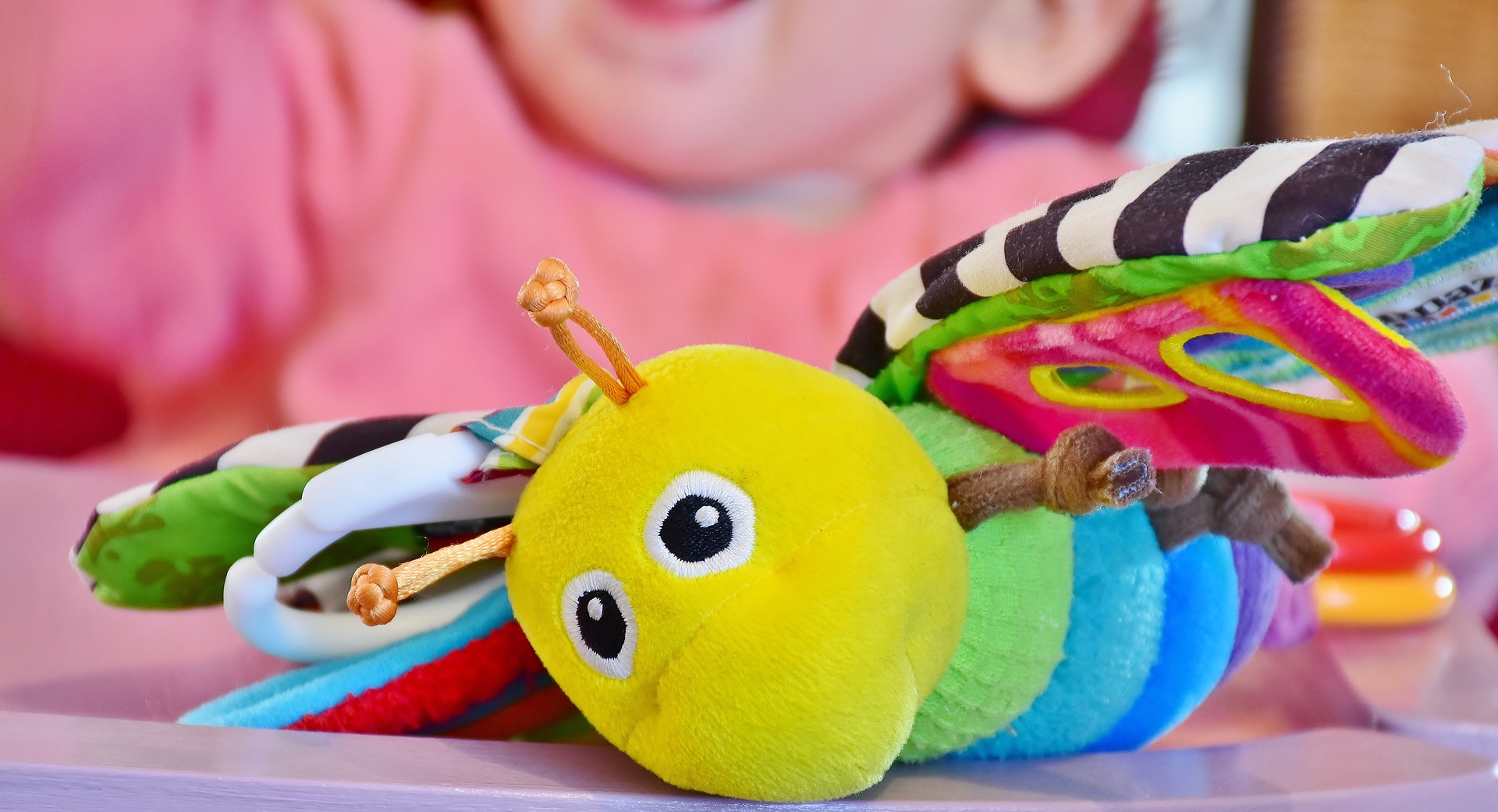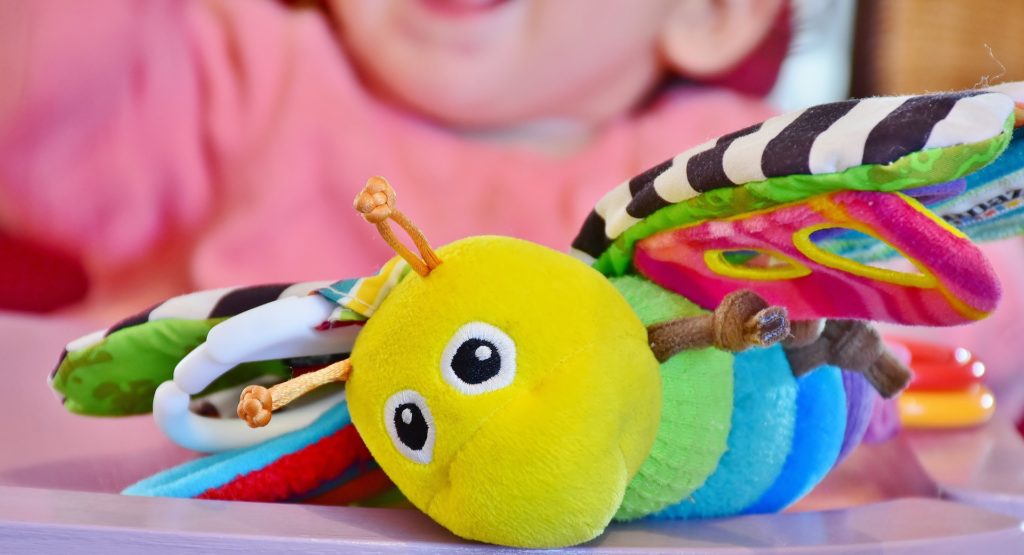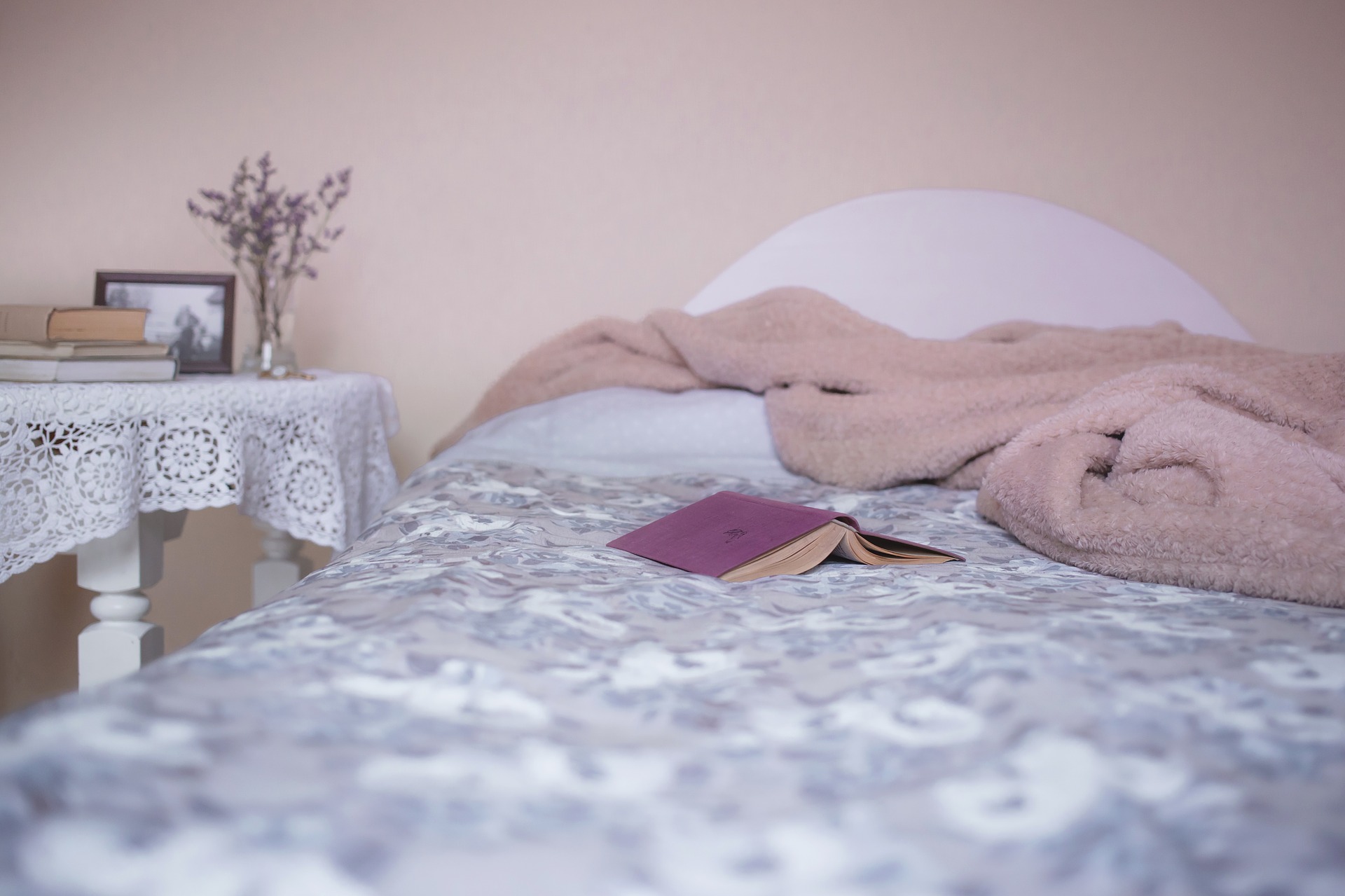
Parenting Content // How Playtime With Toys Can Help Your Child’s Development*
In between school, music lessons, sports, homework and other extracurricular activities, today’s children have less time than ever before to just be kids. One of the unfortunate casualties of this regimented approach to parenting has been the decreased focus on the concept of play.
While this childhood pastime might seem like just an opportunity for some fun and games; the truth is that many integral mental and physical processes are honed with these activities. Here’s how more playtime can help your child in their development.

Which Toys to Choose
Not all toys are created equal, in order to foster many of the positive effects of playtime it’s important to children a few basic, open-ended options that can engage their imagination and creativity without providing easy solutions. Good To Play Toys provide a variety of traditional wooden toys that can be used by children in multiple ways.
Social Skills
According to Jeffrey Trawick-Smith a Professor of Early Childhood Education at the Centre for Early Childhood Education at Eastern Connecticut State University, the best toys promote social interaction and creative expression in boys and girls.
Toys provide your child with the ability to inhabit different roles, when they engage in play with their peers, toys teach them how to wait for their turn, and work together towards a common goal. While most kids are by nature egocentric at a young age, playtime provides them with a vital opportunity to develop empathy for other people.
Dexterity, Reflexes and Spatial Awareness
Toys provide babies with their first experience of different textures and surface, by manipulating these materials babies learn the complex movements necessary for physical actions as catching and throwing.
As children grow older and start experimenting with more complex toys that they can push, pull or ride; they learn the cause and effect of physical actions, developing better body awareness, posture and muscle strength in the process. So, get your child grabbing, reaching, and squatting for their toys at a young age.
Cognitive Functions
Toys represent some of the earliest opportunities for problem-solving offered to your child. They help your child imagine new scenarios and situations that fit the range of toys at their disposal; children must also use their problem-solving skills to find roles that fit their toys, when playing with their peers. When children are engaged in building using wooden blocks, or other objects, they must use their creativity and cognition to find the right materials and shapes to form stable structures.
Language Skills
Much of the time children spend playing is preoccupied with developing stories which reflect their real-life experiences. At a young age most days represent new inputs and concepts for children to assimilate and playtime offers the perfect opportunity. With the help of toys, children can learn how to vocalise and recount incidents in their everyday life. When paired with other children, your child learns how to use language to organise activities and interpret their desires in a way that’s understandable to their peers.




